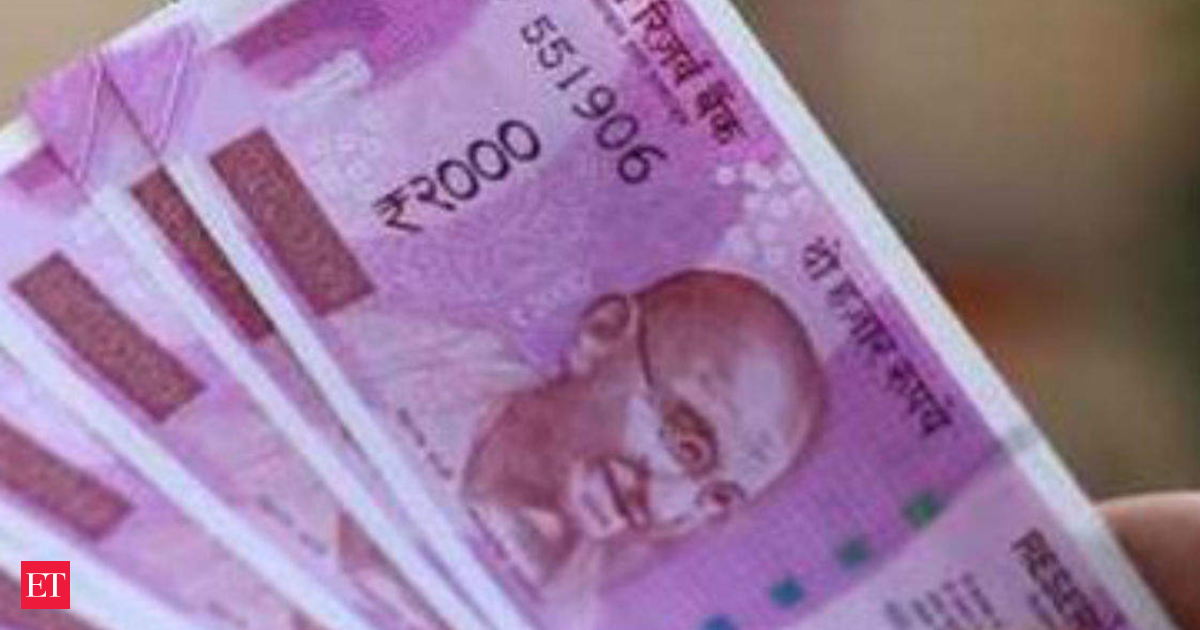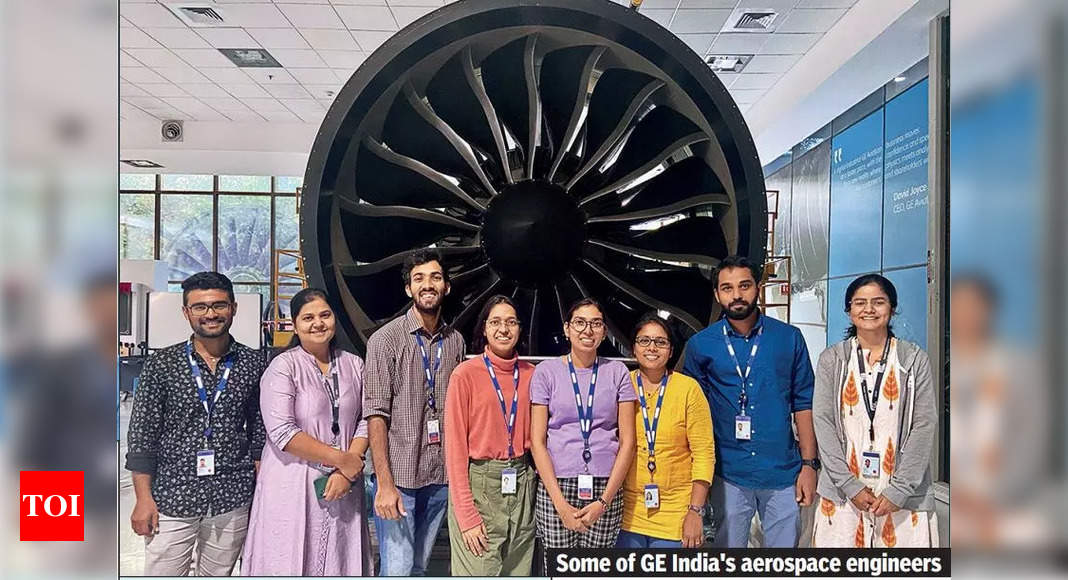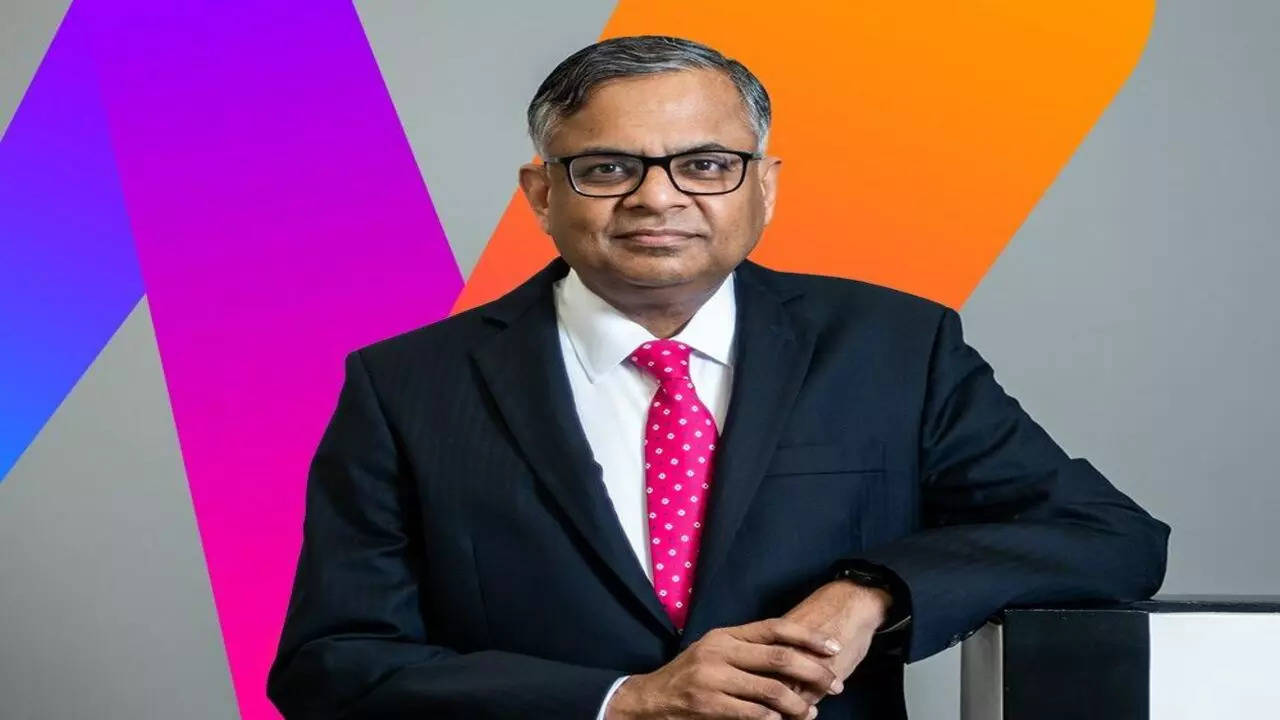India’s central bank governor warns of South Asian debt distress
India’s central bank governor has expressed concern over growing debt distress among regional trade partners and said he is alert to possible risks to his country’s economy from a global slowdown. Shaktikanta Das said in an interview with the Financial Times that he was optimistic about India’s growth and financial stability despite the deteriorating global economic outlook. The IMF expects recession to affect one-third of the global economy this year, it said recently. Analysts forecast that India will be a bright spot but the Reserve Bank of India governor said there was “no room for complacency”. “Net-net, India is far better placed than almost all other countries,” he said. However, “the global challenges are building up,” he added, saying they “will have their spillovers and will have their impact on India”.
Of India’s regional neighbours, Das said: “We are quite concerned about the debt distress in all these countries because we have a lot of trade relations with these countries. It’s a matter which we are looking at with a lot of interest.” Das declined to specify which countries he meant but Sri Lanka last year became Asia’s first country in decades to default. Meanwhile Pakistan, India’s nuclear-armed western neighbour and traditional foe, is down to $5.6bn of foreign exchange reserves, equivalent to about one month’s imports. Bangladesh’s export-led economy has been hit by slower demand, rising fuel prices and power cuts, leading its government last year to seek IMF help. Regional power India, by contrast, was one of the world’s fastest-growing large economies over the past year.
Das attributed India’s resilience partly to Narendra Modi’s government’s “calibrated, prudent” fiscal response to the Covid-19 pandemic and partly to the RBI’s monetary policy response, which was time-limited and targeted to specific sectors. India’s substantial foreign exchange reserves boosted international investor confidence, he said. India’s relatively conservative approach to Covid-19 stimulus spending had helped to keep a lid on inflation, Das said. Although the RBI forecasts India’s inflation for the current fiscal year will be 6.7 per cent — above the 4-6 per cent band that the RBI targets — it is lower than in many other leading economies. Many economists expect New Delhi to increase spending in next month’s annual budget, ahead of 2024’s general election. But Das said he had “no reason to doubt” the government’s commitment to curbing its fiscal deficit.
India’s foreign exchange reserves, which peaked at $642bn in 2021, have fallen to about $563bn after spending to stabilise the rupee and revaluation because of the strengthening dollar. Das described this as a “very comfortable level”, equivalent to nine months of India’s projected imports and 92 per cent of its external debt. He rejected the idea that India “burnt up” reserves during 2022. “You buy an umbrella to use it when it rains,” he said. “You can’t keep your umbrella inside the cupboard and say it will get spoiled.” Das denied that the central bank’s currency interventions were to defend the rupee, arguing that he aimed for orderly depreciation. “We don’t have any specific exchange rate in mind,” he said. Since Russia invaded Ukraine India has felt pressure from higher food and energy prices, which have prompted it to pivot away from traditional oil suppliers and towards discounted Russian crude, as well as accelerating New Delhi’s drive to promote the rupee in international trade.
Das said that the bank had now approved rupee accounts for six to seven countries, declining to name them, which will allow them to settle trades in India’s local currency rather than dollars, the typical international currency of exchange. “They will be able to save dollars — countries in the south Asian region in particular — and also outside the south Asian region for whom foreign exchange reserves in dollars is a matter of concern,” Das said. The RBI governor was scathing about cryptocurrencies, arguing that the RBI had helped to shield investors from the recent meltdown in the sector by advising the government against regulating — and therefore legitimising — digital assets. “This is precisely what we were saying: that this will collapse sooner or later because it has absolutely no underlying value,” Das said. “It is a purely speculative product,” he added. “Somebody has to also tell what public good it serves.”
Shaktikanta Das says economy is resilient but ‘global challenges are building up’

www.ft.com

 www.businessinsider.in
www.businessinsider.in

 www.businessinsider.in
www.businessinsider.in









